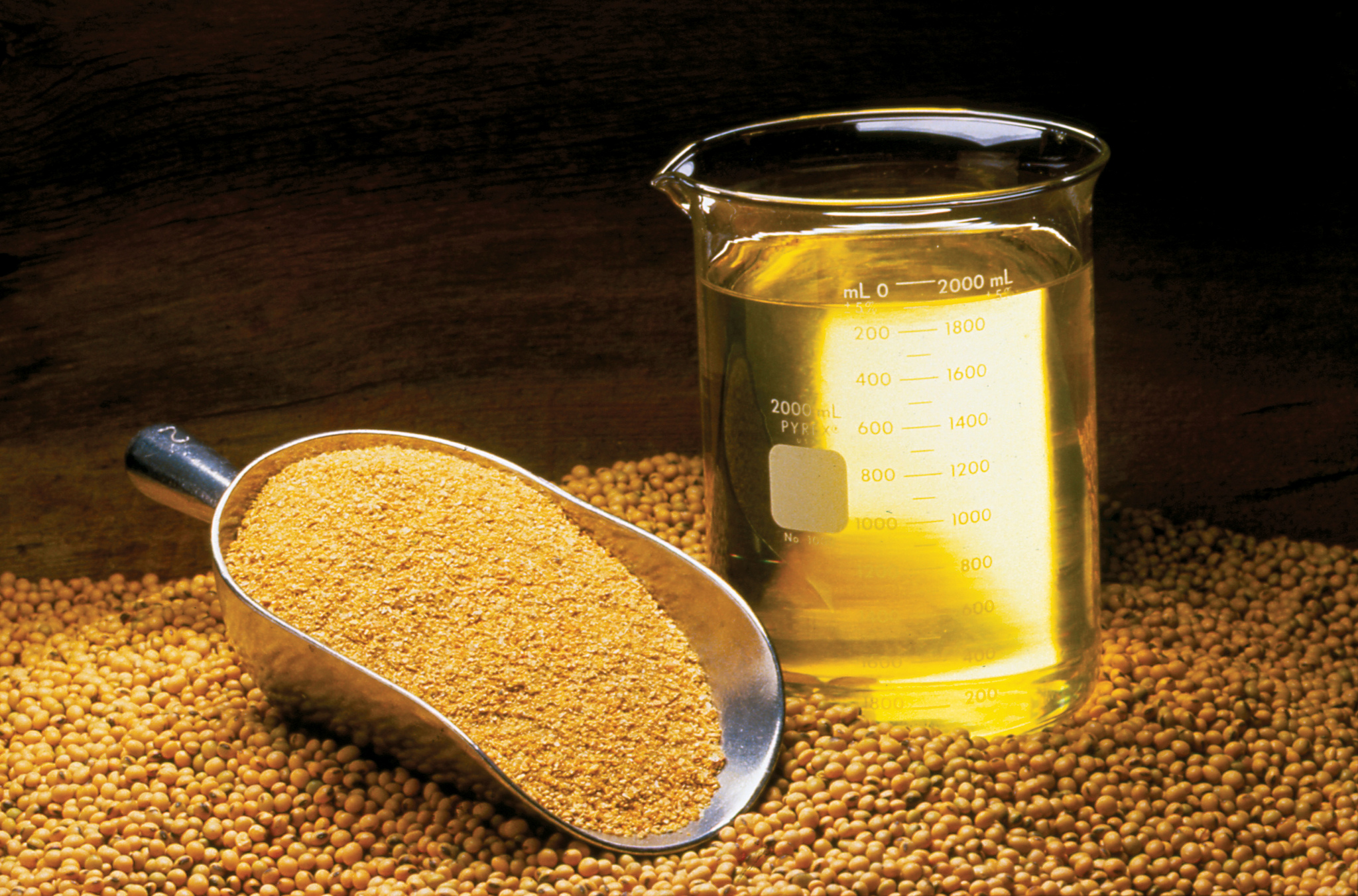Rapeseed exports in the 2020’s depend on a cut in greenhouse gas emission
11 February, 2020 at 12:02
EU countries apply increasingly strict requirements to the environmental safety standards, looking for alternatives to conventional fuels. Dependence on imported energy supplies, their high prices, the political factor, climate change also stimulate the switch to alternative fuels.
Therefore, the biofuel market in Europe is growing rapidly, while EU demand for imports from Ukraine is focused on corn and rapeseed.
This 2019/20 season (July-December) witnessed record high rapeseed exports from Ukraine: 2980 KMT against 2313 KMT in the same period in MY 2018/19.
This season’s shipments to EU countries had reached 2839 KMT, or 95% of total exports, against 2050 KMT (88.5%) a year earlier.
Is any fundamental change possible in demand for Ukrainian rapeseed? How high are these risks?
In EU countries, the criteria for crop suppliers and biofuel producers are regulated by Directive 2009/28/EC of the European Parliament and of the Council of April 23, 2009 on encouraging the use of energy produced from renewable sources.
The key requirements of the Directive include control over actual greenhouse emission throughout the entire life cycle (growing, harvesting, drying, storage and shipping) of biofuel crop plants, as well as presenting standard reports.
The EU will toughen its restrictions on greenhouse emission in biofuel production from July 2021 (Directive 2018/2001/EC of the European Parliament and of the Council):
- the share of renewable energy sources in the 2020 energy balance is to reach 20% in total energy consumption and 10% in the transport sector;
- when using biofuels, the amount of greenhouse emission must be at least 50% less than when fossil fuels are burnt.
The trend toward increasingly stricter requirements to reduction of such emission will continue in the future.
Competitors of Ukrainian farmers such as Australian and Canadian rapeseed exporters presented calculations of the amount of greenhouse gas emission by state (region) almost two years ago, and they have been approved by the European Commission.
As of today, Ukraine has actually no reporting or calculations with regard to greenhouse gas emission in agricultural production. Available calculations for rapeseed are far above the admissible values in the EU. According to some estimates, greenhouse gas emission for Ukrainian rapeseed reaches 740-770 kg СО2/MT (in Australia, it is under 500 kg СО2/MT).
This situation may limit exports of Ukrainian rapeseed to the EU premium market and cause a decline in foreign currency revenues, reports UkrAgroConsult.
To prevent the worst scenario, the government of Ukraine needs to prepare and adopt corresponding decisions, for instance:
- to draw out and approve a national report on greenhouse gas emission while growing and handling biofuel crops;
- to take into account the regional component: the crop – the growing region in Ukraine – the amount of greenhouse gas emission.
The introduction of a monitoring, accounting and verification system to address greenhouse gas emission must become an integral part of Ukraine’s climate policy. This is one of the country’s commitments under the EU Association Agreement and one of the Paris Climate Agreement’s requirements.
In view of initiative proposals for practically solving this problem, the emission mitigation strategy must be a long-term one (until 2040 and longer) and may include the following major points:
- the key control objects are methane and nitrogen oxide as the main greenhouse gases in Ukraine’s farming sector;
- improvement of the components of the process of handling animal by-products;
- optimization of crop fertilization systems, increasing effectiveness of fertilizer use;
- rational water use on farmlands.
Undoubtedly, the strategy must embrace much of other domains, but the above-mentioned ones are decisive and pilot. Taking measures in those fields will make it possible to work out in practice control and reporting criteria for greenhouse gas emission.
An important addition to the strategy could be encouraging farming companies to introduce advanced practices, since the use of up-to-date practices influences the performance of enterprises and determines their market position.



